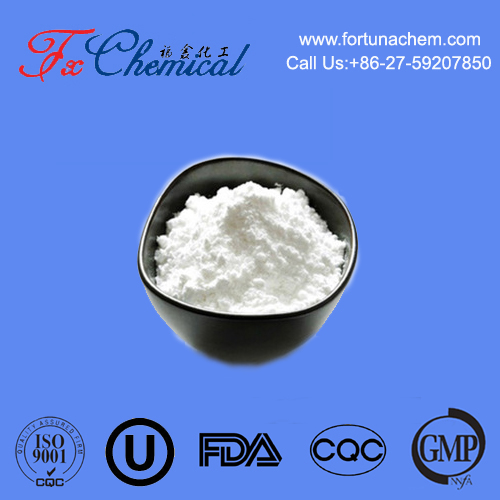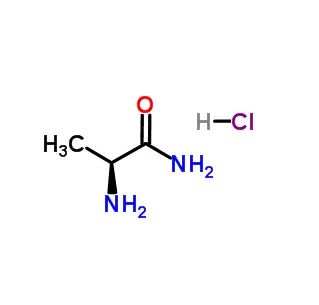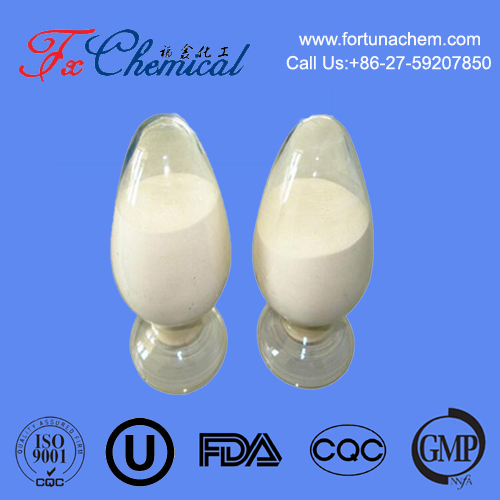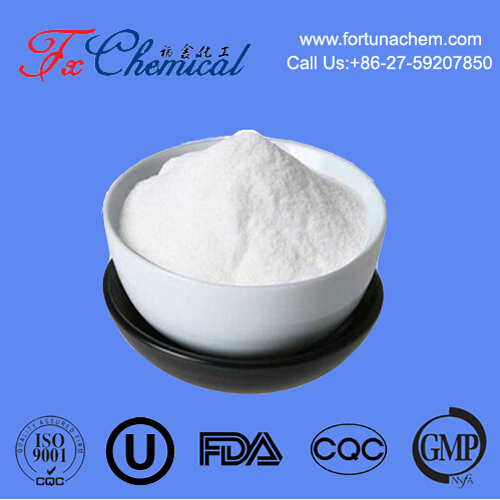
Search

Search

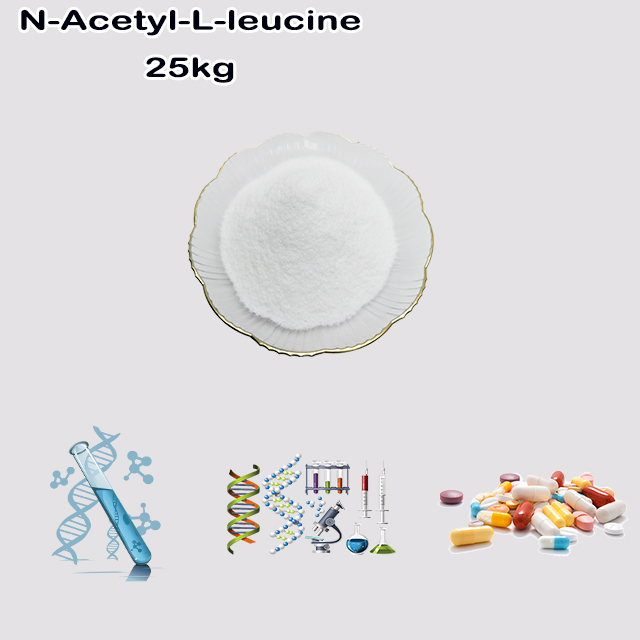
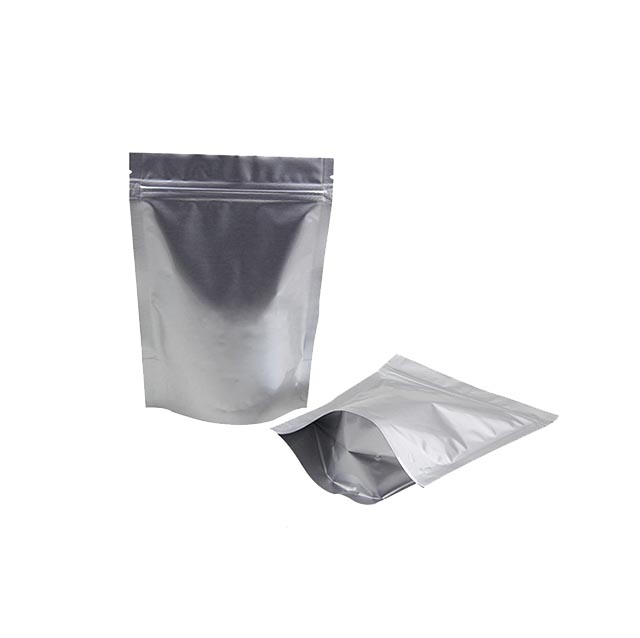








N-Acetyl-L-leucine is a modified form of the amino acid L-leucine, where an acetyl group (-COCH₃) replaces the amino group’s hydrogen. This enhances solubility and metabolic stability. Primarily researched for treating cerebellar ataxia, it improves motor coordination by modulating cerebellar metabolism and mitochondrial function. Unlike free leucine (which stimulates muscle growth), it targets neurological pathways. Used in supplements for potential cognitive benefits and in cosmetics for skin/hair care. Generally safe, it holds EU orphan drug status for ataxia but remains investigational in the US. Ongoing studies explore its neuroprotective potential in Parkinson’s and Alzheimer’s diseases.
N-Acetyl-L-leucine is a modified form of the essential amino acid L-leucine, where an acetyl group (-COCH₃) is attached to the amino (-NH₂) group of leucine. This chemical modification alters its physical, chemical, and biological properties, making it distinct from free leucine. Here's a detailed breakdown:
Core Structure: L-leucine (an essential branched-chain amino acid with the formula C₆H₁₃NO₂).
Modification: An acetyl group is bonded to the nitrogen atom of the amino group, forming N-Acetyl-L-leucine (chemical formula: C₈H₁₅NO₃).
Stereochemistry: The "L" designation indicates the natural (levorotatory) enantiomer, which is biologically active.
Solubility: More lipid-soluble than free leucine due to the acetyl group, potentially enhancing absorption and bioavailability.
Stability: Resists enzymatic degradation in the digestive tract better than unmodified leucine.
Produced by acetylating L-leucine using acetic anhydride or other acetylating agents under controlled conditions.
Commercially available as a white crystalline powder.
Neurological Disorders:
Cerebellar Ataxia: Investigated as a treatment for rare inherited or acquired cerebellar ataxias. Clinical trials suggest it may improve motor coordination and reduce symptoms by modulating cerebellar metabolism.
Mechanism: Enhances mitochondrial function and neuronal signaling in the cerebellum.
Nootropic Supplements:
Marketed for cognitive enhancement, though evidence is limited compared to other nootropics.
Skin Care: Used in formulations for its moisturizing properties and ability to strengthen skin barrier function.
Hair Care: Incorporated into products to improve hair texture and reduce protein loss.
Studied for potential roles in metabolic disorders, muscle wasting, and neurodegenerative diseases.
Generally Recognized as Safe (GRAS): When used in approved doses.
Side Effects: Rare but may include mild gastrointestinal discomfort (e.g., nausea, diarrhea).
Contraindications: Limited data; caution advised in pregnancy or for individuals with metabolic disorders.
EU: Approved for treating cerebellar ataxia under orphan drug designation (e.g., Nevrax’s IB1001).
USA: Investigational status; not yet FDA-approved for specific diseases but available as a dietary supplement.
Absorption: Acetylation improves intestinal absorption and bypasses amino acid transporters.
Function: Unlike free leucine (which stimulates muscle protein synthesis via mTOR), N-acetyl-L-leucine is prioritized for neurological effects.
Clinical Trials: Phase II/III trials for ataxia show promising results in improving balance and coordination.
Preclinical Studies: Potential neuroprotective effects in models of Parkinson’s and Alzheimer’s disease.
N-Acetyl-L-leucine is a bioengineered derivative of leucine with emerging therapeutic applications, particularly in neurological disorders like cerebellar ataxia. While it shares structural similarities with leucine, its acetylation confers unique pharmacokinetic and functional properties. Ongoing research aims to validate its efficacy and expand its clinical use. Always consult a healthcare provider before using it for medical purposes.



Fortunachem Provides Not Only Professional Chemical Products But Also Professional Help
Keeping you up-to-date with all the latest information, news, and events about Fortunachem!

Quick Links
Add:
E-mail:
 English
English  Español
Español  français
français  العربية
العربية 